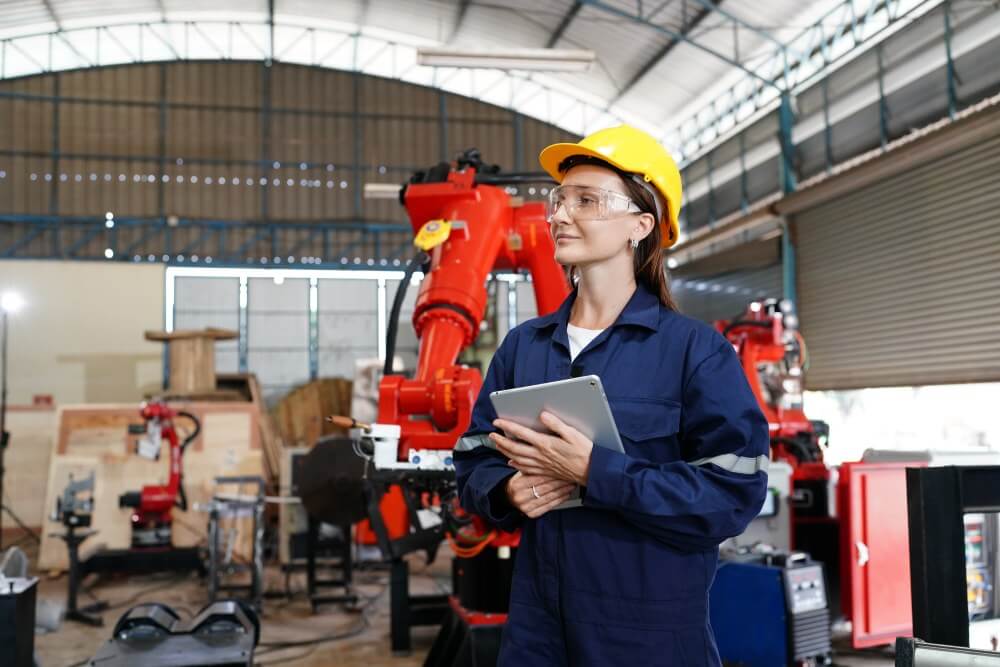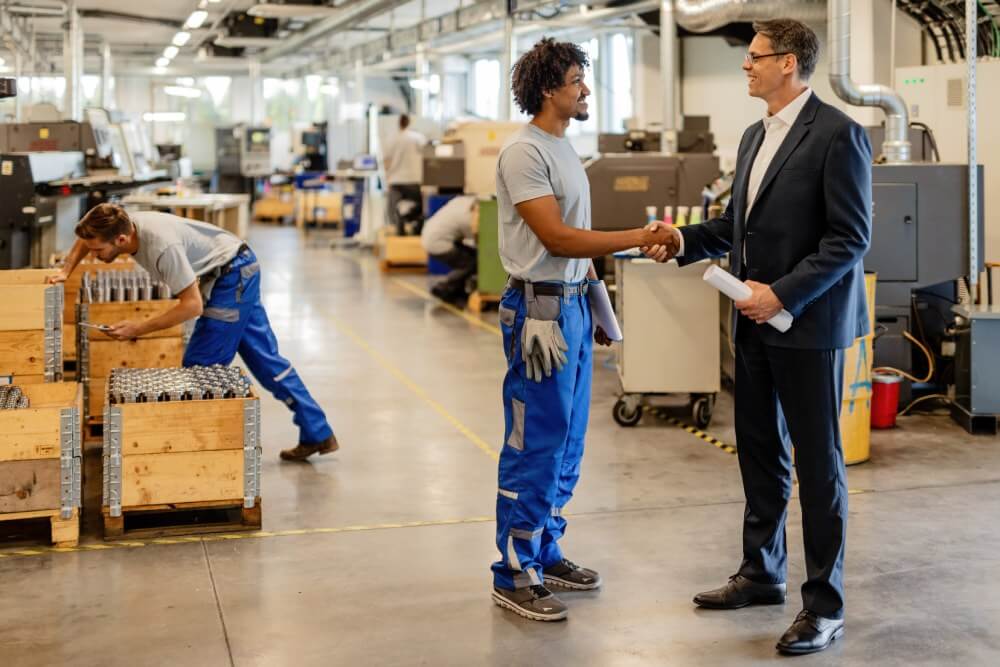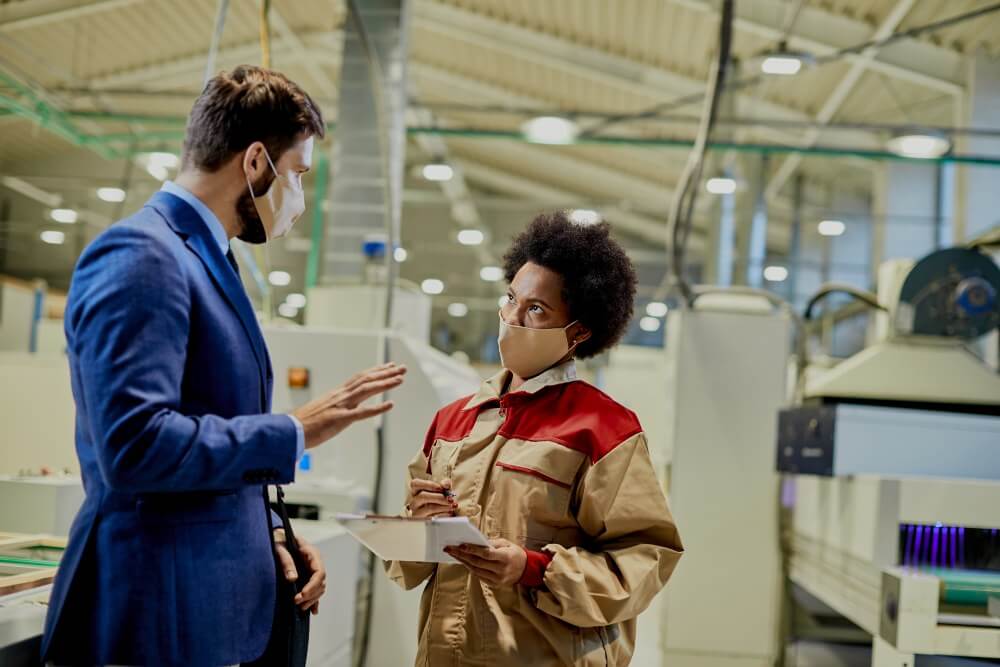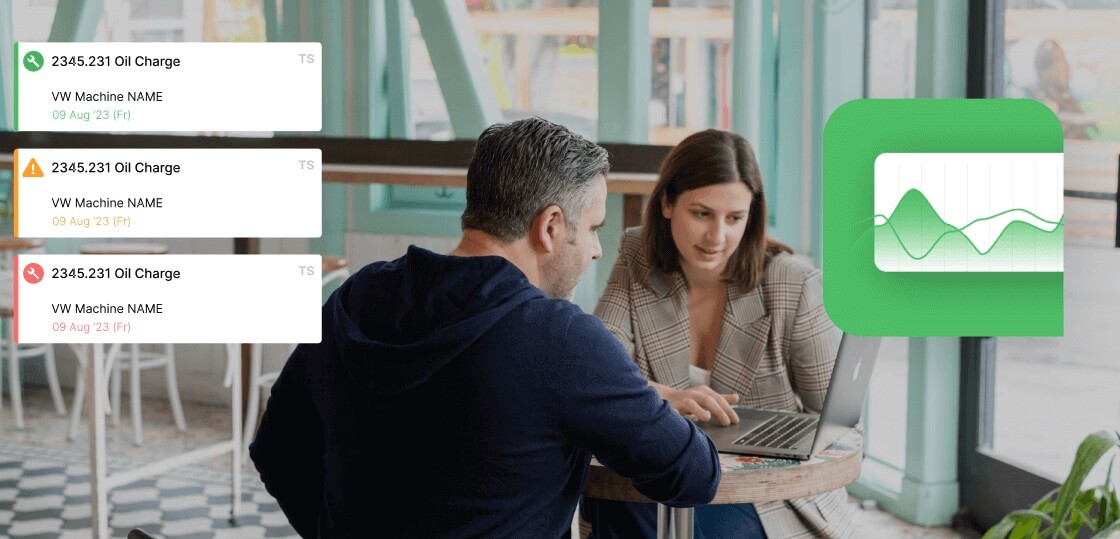Adopting Total Productive Maintenance isn't just about following a new methodology; it's about driving real, measurable improvements across the entire manufacturing operation.
When implemented effectively, TPM delivers significant advantages that impact efficiency, cost, quality, safety, and employee morale. Here’s a look at the key benefits:
Skyrocket Equipment Effectiveness (Boost Your OEE)
This is the primary objective. TPM directly tackles the factors that erode equipment performance. By systematically addressing breakdowns, minor stoppages, speed losses, defects, and setup times (the "Six Big Losses" often measured by OEE), TPM pushes your machinery closer to its true productive potential.
More output from the same assets means higher efficiency and capacity.
Slash Downtime and Eliminate Breakdowns
Forget the constant firefighting. TPM’s proactive approach, combining operator care (Autonomous Maintenance) with optimized maintenance strategies (Planned Maintenance), catches problems early and prevents catastrophic failures.
This translates directly into more uptime, predictable production schedules, and less stress on both operators and maintenance teams.
While TPM requires investment in training and initial implementation, it yields substantial long-term savings.
- Fewer Emergencies: Proactive care reduces expensive emergency repairs, overtime costs, and the need for rush shipping of parts.
- Optimized PMs: Planned maintenance shifts from generic schedules to condition-based or optimized intervals, ensuring resources aren't wasted on unnecessary tasks.
- Longer Asset Life: Well-maintained equipment simply lasts longer, delaying capital expenditure on replacements.
Sharpen Product Quality
Equipment in poor condition is a major source of product defects and inconsistencies. TPM tackles this head-on.
- Stable Conditions: Autonomous Maintenance ensures machines operate under stable, clean conditions.
- Targeted Improvements: The Quality Maintenance pillar specifically focuses on identifying and eliminating equipment-related root causes of defects, aiming for zero-defect production.
TPM inherently promotes safety.
- Hazard Prevention: The focus on cleaning, inspection, and proper maintenance helps identify and mitigate potential hazards before they cause incidents.
- Orderly Workplaces: Integration with 5S principles (Sort, Set in order, Shine, Standardize, Sustain) creates cleaner, more organized, and less hazardous work areas.
- Standardized Procedures: Emphasis on following correct operating and maintenance procedures reduces risk. The Safety, Health & Environment pillar ensures this remains a priority.
Boost Employee Engagement and Empowerment
TPM fundamentally changes the role of operators, transforming them from mere machine watchers into active partners in equipment care.
- Ownership & Pride: Giving operators responsibility for their machines fosters a sense of ownership and pride in their work environment.
- Skill Development: Training operators on basic maintenance tasks enhances their skills and understanding of the equipment.
- Improved Teamwork: TPM encourages collaboration between operators, maintenance technicians, engineers, and managers, breaking down traditional silos.
Optimize the Use of Scarce Resources
TPM ensures resources are used more intelligently.
- Skilled Labor Focus: By handling routine tasks, operators free up highly skilled maintenance technicians to focus on complex diagnostics, repairs, and reliability improvements.
- Efficient Parts Management: Planned maintenance allows for better forecasting and management of spare parts inventory.
Build a Foundation for Continuous Improvement (Kaizen)
TPM isn't a one-time project; it's a continuous journey. The structure of TPM, particularly the Focused Improvement pillar, provides a systematic way to identify problems, analyze root causes, implement solutions, and measure results, embedding a culture of ongoing improvement into daily operations.
Implementing TPM is a commitment, but the rewards – in terms of improved performance, reduced costs, and a more engaged workforce – are substantial.






